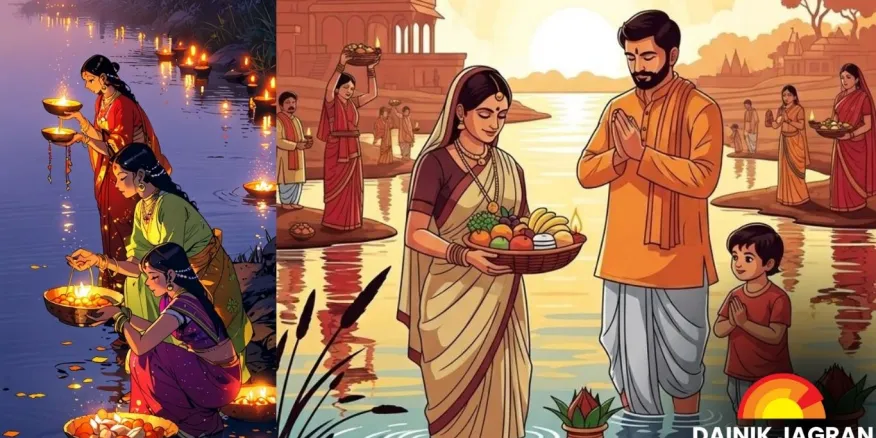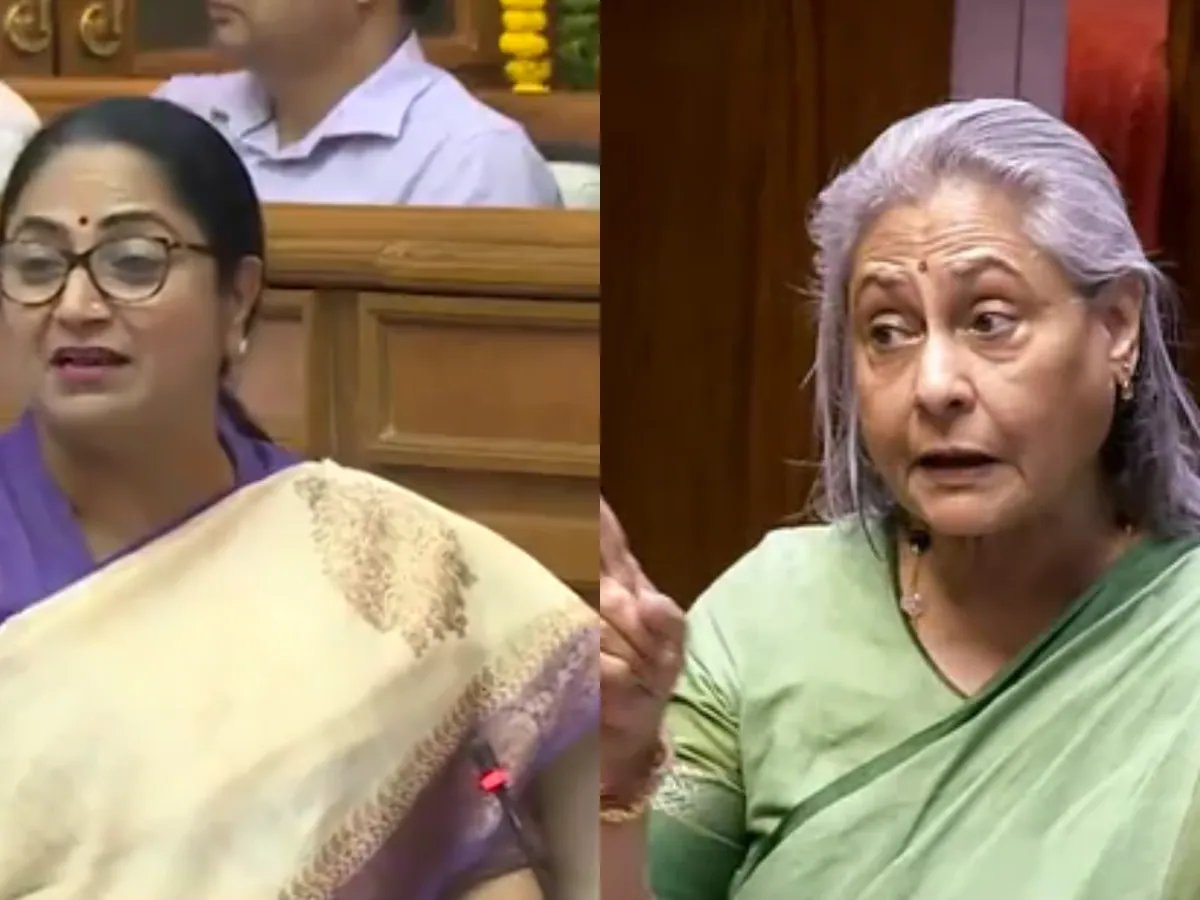Now Reading: Havan in Texas Sparks Fire Alarm and Cultural Confusion: Where Tradition Meets Misunderstanding
-
01
Havan in Texas Sparks Fire Alarm and Cultural Confusion: Where Tradition Meets Misunderstanding
Havan in Texas Sparks Fire Alarm and Cultural Confusion: Where Tradition Meets Misunderstanding

A simple religious ritual inside a home in Texas turned into a scene of chaos after smoke from a traditional havan triggered a fire alarm and brought firefighters rushing in. The incident, now circulating widely on social media, has opened up a larger conversation—about how cultural practices are often misunderstood in countries where they aren’t part of the mainstream.
For Indians living abroad, especially from smaller towns now settled in the West, this isn’t just a one-off. It’s a reminder of the invisible friction between traditions and unfamiliar systems.
What Actually Happened?
A family in Texas was performing a havan—a common Hindu ritual involving fire, incense, and chants. It was part of a housewarming celebration. The smoke from the sacred fire, however, set off the home’s fire alarm. Within minutes, firefighters arrived at the property, assuming there was an emergency.
Once they realised there was no actual fire, the confusion gave way to a broader debate: Should cultural rituals involving fire be adjusted for modern settings? Or should the system learn to recognise such traditions?
When Tradition Clashes With Western Systems
The bigger issue isn’t the ritual—it’s the lack of awareness around it. In many parts of the US and Europe, fire alarms are extremely sensitive, and rightly so. But cultural practices like havan, incense-burning, or even loud religious chants often trigger responses that locals don’t understand.
For immigrants, especially from Tier 2 cities who carry traditions with them, this often leads to tough decisions: Do you explain your culture again and again? Or tone it down to avoid confusion?
Cultural Identity vs Practical Adaptation
The Texas incident sparked reactions online. Some people defended the family, saying they were simply practising their faith. Others pointed out the risks of indoor rituals that involve fire.
This balance between preserving identity and adapting to local rules is not new. From Diwali fireworks in apartment complexes to community bhajans in Western cities, Indians abroad constantly walk a fine line.
Families from cities like Nagpur, Bhopal, and Surat who settle overseas often find themselves navigating these exact moments—trying to keep traditions alive without drawing unwanted attention.
Are Systems Prepared for Diversity?
This event also raises a question about the systems in place. Are housing societies, fire departments, or even local municipalities equipped to handle multicultural living?
Some netizens argued that more awareness and dialogue could prevent such misunderstandings. Others suggested that homebuyers from different cultures be briefed on how to conduct rituals safely within the rules of their city.
Conclusion
At its core, the Texas havan incident wasn’t about smoke or fire—it was about understanding. As more Indians move abroad and carry their customs with them, such cultural intersections will become more common. What matters is how both sides respond—with curiosity, patience, and a willingness to learn. Because tradition and modern life don’t have to clash—they just need room to coexist

























